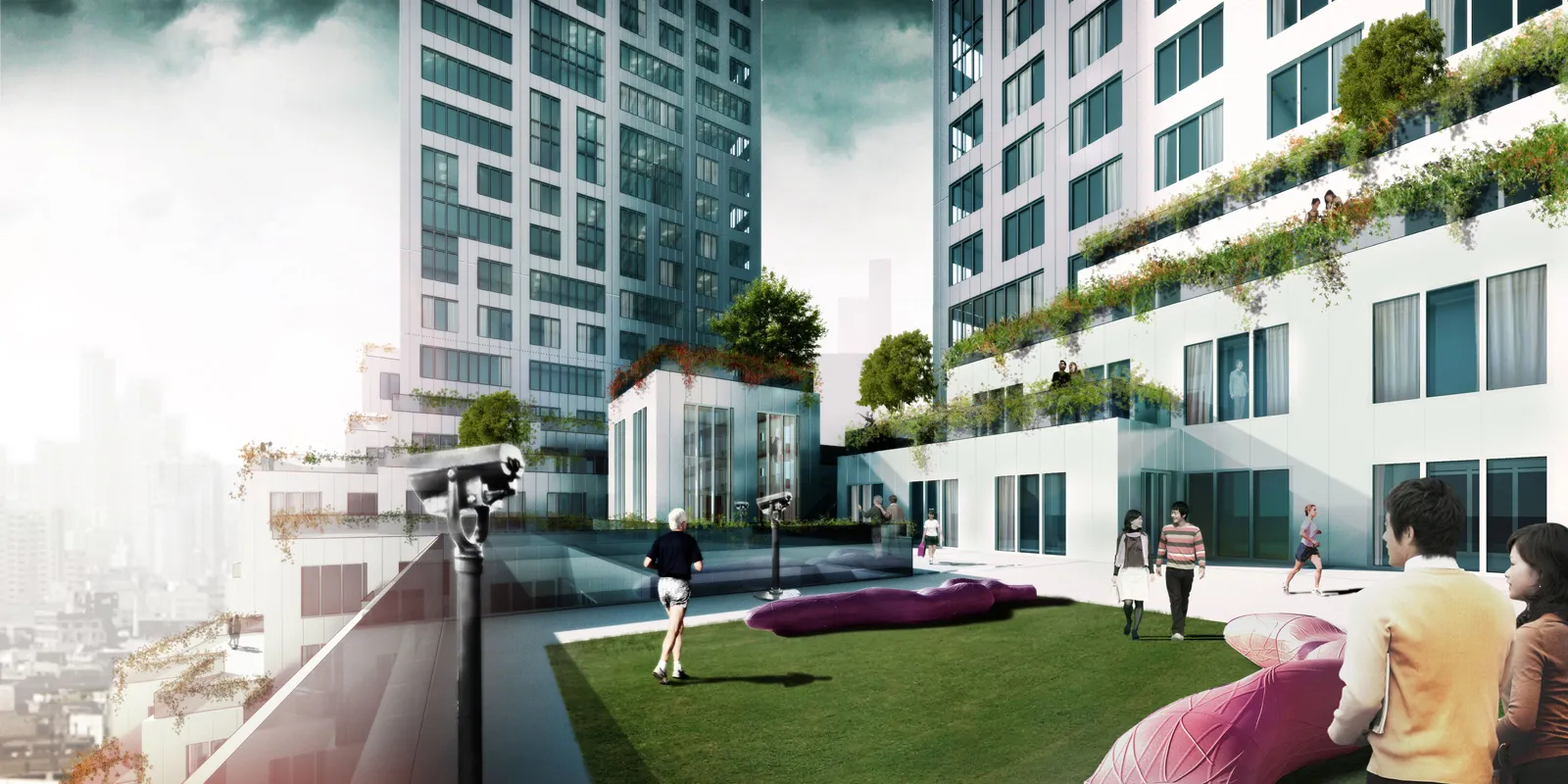The New Acropolis Museum was designed to express the imposing nature of the Acropolis, a town at the very top of the city of Athens and one of the most renowned places with so much architectural and historic significance.
The town hosts some of Greece’s oldest masterpieces in art and architecture. Bernard Tschumi, charged with constructing the housing where Greece’s most ancient and important works of art will be stored, knew that the work was cut out for him.
The result of Tschumi’s design and thoughts is a brilliant expression that sometimes all a building needs to do is sit back and allow the ideal treasure to shine – in this case, the artwork. The New Acropolis Museum is a depiction of the splendor once exuded by the town that hosts the Parthenon.
The architect studied the town and the site upon which the museum would be constructed. Indeed, he found three major challenges that would impede his design if not solved upfront. One of the challenges was that the museum would be housing the most dramatic sculptures of Greek history – a big ask in and of itself.
The building’s proposed location at the foot of the Acropolis presented several excavation challenges, considering that the Acropolis is home to the Parthenon, already having a street grid and a very contemporary city around it.
As is the norm, consider the climate and other hazardous possibilities before coming up with a design. This town has a hot climate and is very prone to earthquakes, which is the final challenge that meant the architect had to stick to simplicity. After all, simplicity is the ultimate sophistication.
From the Parthenon, which sits at the very top of the Acropolis, you can have a 360-degree view of the whole city of Athens. Just below it 300 metres away, this museum sits with impeccable magnificence. The Greek people were renowned artists and mathematicians. The New Acropolis Museum was designed with that fact as an inspiration in the conceptualization stage.
Architect Bernard Tschumi began the design by dividing the building into 3 parts – a base, middle, and top. All these parts were then designed according to the needs of the brief. The museum is built upon the ruins of the archaeological site, and a network of columns from the building’s base are carefully placed into the ground.
The whole base is supported by reinforced concrete, steel, and iron columns on the archaeological site to protect the site from ruins. The building accommodates the entrance lobby, temporary exhibition spaces, a 200-seat auditorium, and support facilities at this level.
A glass ramp was designed to connect the spaces to reach the galleries in the middle part of the building. The glass ramp also covers the entire first floor of the building leading up to the second floor. The displays on the glass ramp are those that were found at the foot of the Parthenon.
The top part of the building is what I would call the Parthenon zone since it houses the Parthenon Gallery and an indoor court. The top floor was also rotated slightly to orient the marbles of the Frieze exactly as they were at the Parthenon ages ago. The glazed walls allow people on this top floor to see the Parthenon in alignment with the centuries-old art.
The museum’s large windows from the bottom to the top allow for enough natural light into the building while employing protective glass technology to protect the art pieces and sculptures from direct and excessive heat and light. The building accommodates 8,000 square meters of exhibition space and a wide range of visitor support facilities.
The story of the New Acropolis Museum is that of the 21st-century master class. The crop picks in this museum are the top floor and the base. At the top, you have the Parthenon Gallery, whose displays have been done most fashionably; at the base, you have archaeological ruins from the 4th century to the 7th century preserved and protected below the building while being displayed through indoor courts from the first floor.
We agree here at Archute that the new museum is not monumental- at least not by far the best it could be architecturally – and we do understand the need for the museum to sit back here. The works of art had to receive attention.
It was a dilemma for the architects to decide whether they would glorify the building or the works of art on display. Their choice was to glorify Greece’s important art and cultural history. However, despite the choice, the attempt at creating a monumental building was evident. Many years from now, architecture will be coming up with measures to save Bernard Tschumi’s work, as we are doing now with Frank Lloyd Wright and Le Corbusier’s works. When the time comes, saving the New Acropolis Museum will undoubtedly be at the top of the conservationists’ minds, and it will be worth every effort.
Project Information
Architects: Bernard Tschumi Architects
Location: Acropolis, Athens, Greece
Structure: ADK and Arup
Area: 21,000 sq. m.
Completed: 2009
Photography: New Acropolis Museum Press Team












Comments are closed.